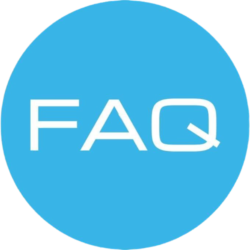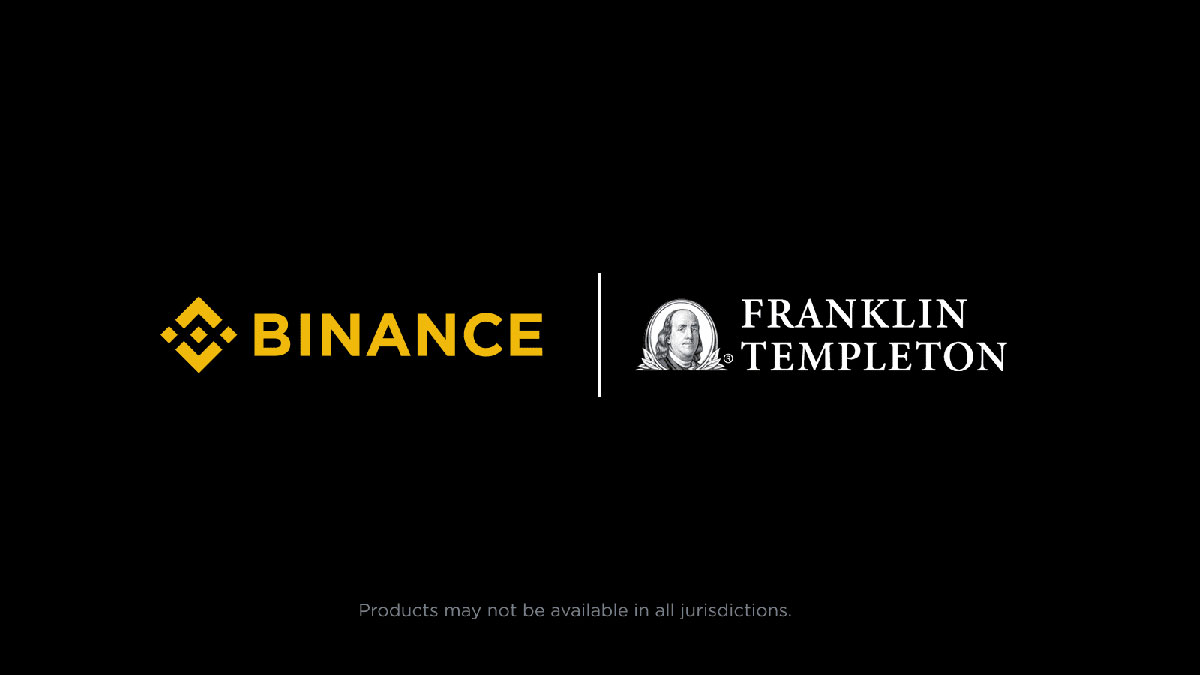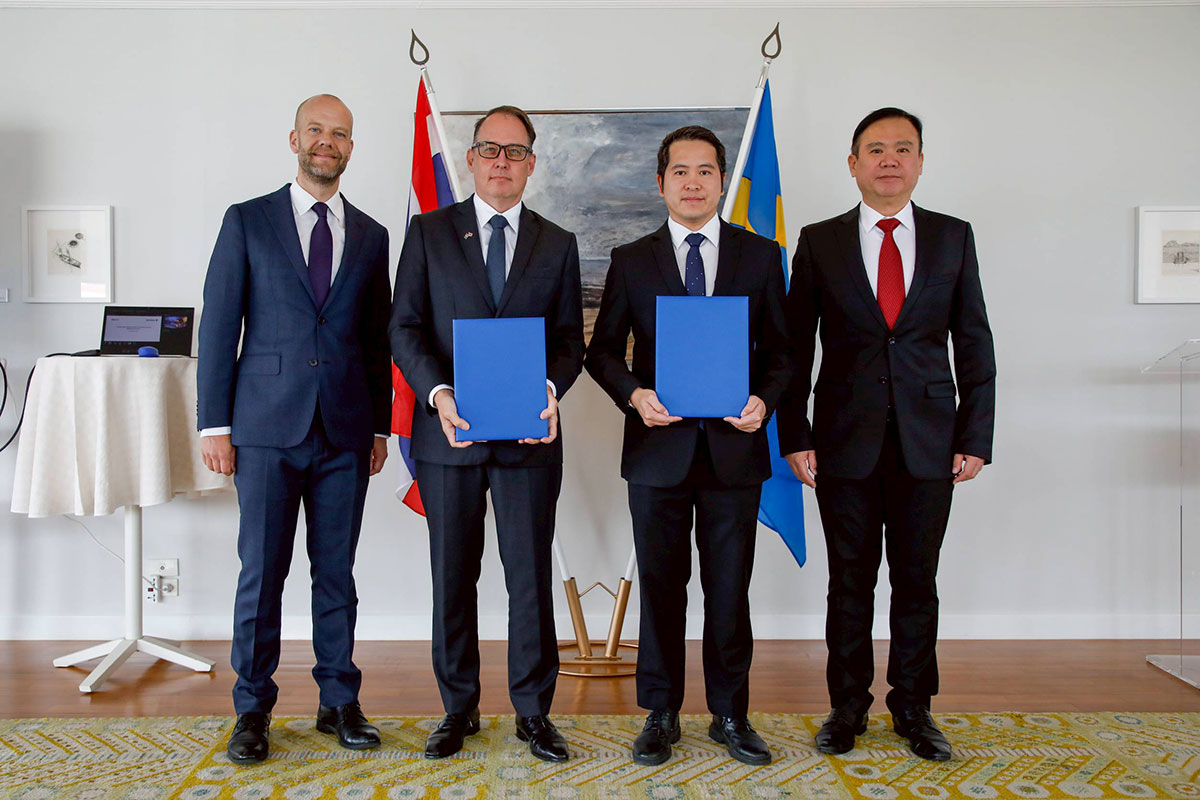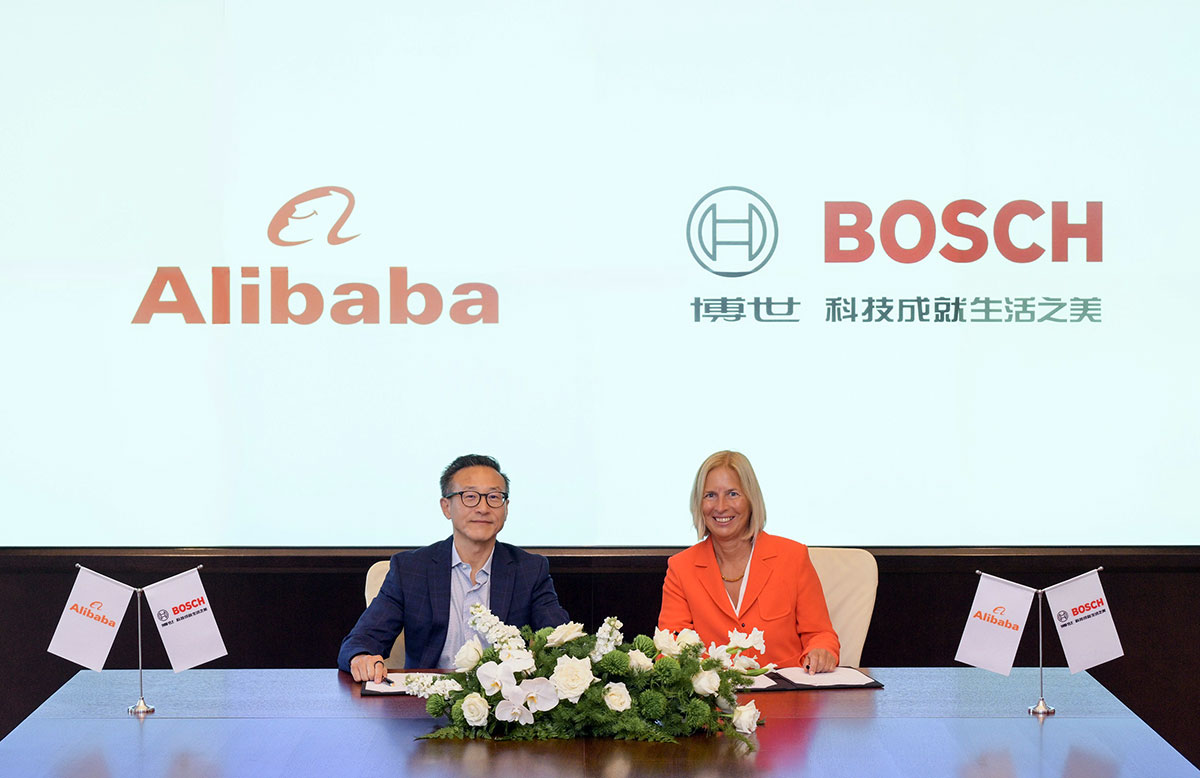Binance ร่วมมือ Franklin Templeton พัฒนาโครงการและผลิตภัณฑ์สินทรัพย์ดิจิทัล
ผสานความเชี่ยวชาญเทคโนโลยีบล็
Binance ผู้ให้บริการแพลตฟอร์มซื้อขายคริปโทเคอร์เรนซีชั้นนำของโลก และ Franklin Templeton ผู้นำด้านการลงทุนระดับโลกที่มีมูลค่าการบริหารจัดการสินทรัพย์กว่า 1.6 ล้านล้านดอลลาร์สหรัฐ ประกาศความร่วมมือเพื่อสร้างโครงการและผลิตภัณฑ์สินทรัพย์ดิจิทัลที่ตอบโจทย์ความต้องการนักลงทุนหลากหลายกลุ่ม
ทั้งสองบริษัทจะร่วมกันศึกษาแนวทางเพื่อผสานรวมความเชี่ยวชาญของ Franklin Templeton ในการแปลงสินทรัพย์ให้กลายเป็นโทเคน (Tokenization) อย่างถูกต้องตามกฎหมาย เข้ากับโครงสร้างพื้นฐานการซื้อขายและฐานนักลงทุนทั่วโลกของ Binance โดยมีเป้าหมายเพื่อนำเสนอนวัตกรรมโซลูชัน ที่ตอบสนองความต้องการของนักลงทุนที่เปลี่ยนแปลงอยู่เสมอ และเพิ่มประสิทธิภาพ ความโปร่งใส รวมถึงสร้างโอกาสในการเข้าถึงตลาดทุนให้ง่ายยิ่งขึ้น ด้วยอัตราผลตอบแทนที่สามารถแข่งขันได้และมีประสิทธิภาพในการชำระราคา
Sandy Kaul รองประธานบริหารและหัวหน้าฝ่ายนวัตกรรมของ Franklin Templeton กล่าวว่า “ขณะที่เครื่องมือและเทคโนโลยีเหล่านี้กำลังก้าวจากขอบเขตการใช้งานในกลุ่มเล็กๆ ไปสู่กระแสหลักทางการเงิน ความร่วมมือลักษณะนี้จะยิ่งเป็นสิ่งสำคัญกระตุ้นการนำมาใช้งานมากยิ่งขึ้น เรามองว่าบล็อกเชนไม่ได้เป็นภัยคุกคามต่อระบบเก่า แต่เป็นโอกาสที่จะสร้างสรรค์ระบบเหล่านั้นขึ้นใหม่ การทำงานร่วมกับ Binance ทำให้เราสามารถใช้ประสิทธิภาพจากการแปลงสินทรัพย์ให้เป็นโทเคน (Tokenization) เพื่อนำเสนอโซลูชันที่มีมาตรฐานในระดับสถาบัน เช่น แพลตฟอร์ม Benji Technology ของเรา ให้กับนักลงทุนในวงกว้างขึ้น และช่วยเชื่อมโยงโลกการเงินแบบดั้งเดิมเข้ากับโลกการเงินแบบกระจายศูนย์”
Roger Bayston รองประธานบริหารและหัวหน้าฝ่ายสินทรัพย์ดิจิทัลของ Franklin Templeton กล่าวเสริมว่า “นักลงทุนต่างให้ความสนใจในสินทรัพย์ดิจิทัลเพื่อคงความได้เปรียบ แต่สิ่งเหล่านี้ต้องเข้าถึงง่ายและเชื่อถือได้ การทำงานร่วมกับ Binance ช่วยให้เราสามารถส่งมอบผลิตภัณฑ์ที่ล้ำสมัยซึ่งตอบสนองความต้องการของตลาดทุนโลก และร่วมกันสร้างพอร์ตการลงทุนแห่งอนาคต เป้าหมายของเราคือการเปลี่ยนแนวคิดเรื่องการแปลงสินทรัพย์ในโลกจริงให้เป็นโทเคนให้กลายเป็นแนวทางปฏิบัติได้จริงสำหรับลูกค้า เพื่อให้เกิดประสิทธิภาพในการชำระราคา การบริหารจัดการหลักประกัน และการจัดพอร์ตการลงทุนในวงกว้าง”
Catherine Chen หัวหน้าฝ่าย VIP & Institutional ของ Binance กล่าวว่า “Binance มีประวัติการสร้างสรรค์นวัตกรรมและโซลูชันล้ำสมัยที่เป็น ‘รายแรก ๆ ในโลกคริปโต’ ช่วยเปิดโอกาสให้นักลงทุนเข้าถึงได้ง่ายขึ้น โดยความร่วมมือเชิงกลยุทธ์กับ Franklin Templeton สำหรับพัฒนาผลิตภัณฑ์และโครงการใหม่ ๆ ยังตอกย้ำถึงความมุ่งมั่นของเราในการเชื่อมคริปโต เข้ากับตลาดทุนแบบดั้งเดิม และเปิดประตูสู่ความเป็นไปได้ที่ยิ่งใหญ่ขึ้น”
รายละเอียดเพิ่มเติมเกี่ยวกับความร่วมมือและการเปิดตัวผลิตภัณฑ์ใหม่จะมีการประกาศปลายปีนี้




